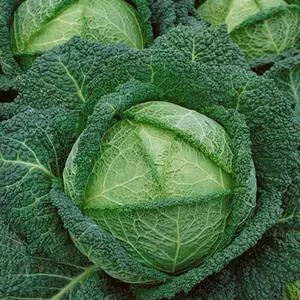Cabbage
Brassica oleracea var. capitata
Cabbage seed can be direct sown in the garden but this is not the recommended or typical method. Early varieties are started indoors, four to six weeks prior to your last expected frost date. Two weeks before transplanting into the garden, the seedlings should be hardened off to acclimate the tender plants to the conditions outdoors.
Late varieties are planted in summer for fall harvests and in some areas, allowed to over-winter. If you have problems with cabbage moths in your location, insect netting may help protect the plants.
Click on variety's picture or name below for more information and quantity pricing options (where available).
15 found















